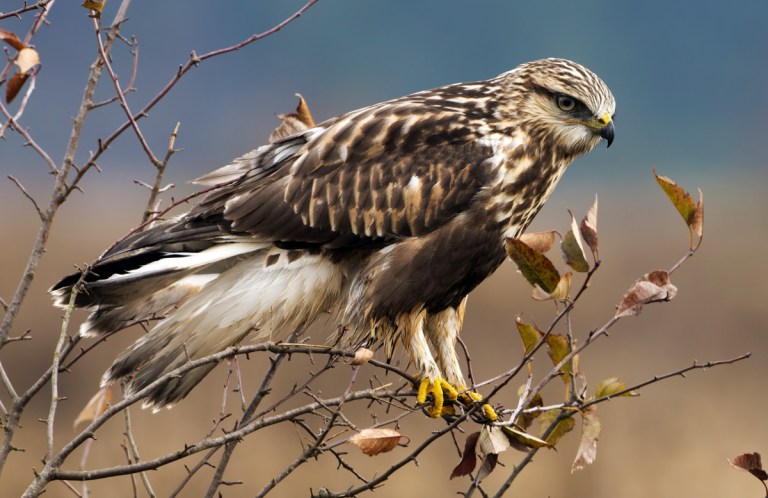
White-winged Nightjar range map, Birds of North America, https://birdsna.org maintained by the Cornell Lab of Ornithology
The White-winged Nightjar is named for the male's conspicuously marked outer wings and tail, evident even when a bird is perched. Until the 1980s, this pale, ghostly looking nightjar was only known from two museum specimens, and even after its re-discovery in 1997, it remains a mystery.
This little-known relative of the Chuck-will's-widow and Eastern Whip-poor-will is only found very locally in Bolivia, Brazil, and Paraguay, where it frequents flat, open lowlands, ideally with abundant termite mounds and anthills. Why does the White-winged Nightjar seek out these insect neighbors?
Display Platforms
It turns out that the White-winged Nightjar favors areas with termite mounds and anthills not for the insect inhabitants, but for their homes – which make perfect display platforms for male nightjars during the breeding season. A displaying male perches atop a mound with wings spread wide to show off the white markings, then launches into the air in a courtship flight.
The trade-off for this striking visual display is a relatively quiet and inconspicuous song, different from the resonant calls typical of many other night birds such as the Common Potoo and Eastern Screech-Owl.
Listen carefully for the low-pitched "purring" vocalization of the male White-winged Nightjar:
(Audio of White-winged Nightjar by Myriam Velazquez, XC55649, accessible at www.xeno-canto.org/55649)
Floating Flight
The White-winged Nightjar is sexually dimorphic, with the slightly larger female lacking the male's striking white wing and tail markings. Like the Common Nighthawk and others in its family, the White-winged Nightjar feeds mainly on flying insects such as mosquitoes, flies, beetles, flying ants, moths, and grasshoppers. It has a slow, relaxed-looking flight style, appearing to float through the air as it forages. This species is believed to be resident (nonmigratory) throughout its range, although it may make local movements in response to brush fires, perhaps to open areas regenerating after burning. However, its habitat can also be destroyed by human-set fires.
Dedicated Parents
The female White-winged Nightjar lays two eggs directly on the ground, often tucked beneath overhanging grasses and other plants. Its nesting period appears to be timed to the moon's phases, as the extra light is likely helpful to parents foraging and caring for young.
Both parents feed the downy chicks regurgitated insects. If a potential predator approaches the nest, the parent birds try to lead it away by feigning injury, a "distraction display" used by other ground-nesting bird species such as the Snowy Plover.

Male White-winged Nightjar in hand, Brazil 2005. Photo courtesy of Scanbird Travel
If conditions allow, the female White-winged Nightjar may lay a second clutch close to the first. While she is incubating the new eggs, the male will continue to care for the young from the first brood.
Critical Cerrado Conservation
The White-winged Nightjar is threatened by habitat loss, as its Cerrado habitat (dry grassland/savanna) is being converted for industrial-scale agriculture or destroyed by invasive grasses and over-grazing. Originally, Cerrado was the second largest habitat type in South America. It has the highest biodiversity of any savanna ecosystem in the world. Today, however, less than 25 percent of its original area remains intact.
ABC's Brazil Conservation Program Coordinator Bennett Hennessey has seen the White-winged Nightjar in Brazil's Emas National Park. He noted that "a new site for the species was discovered in the state of Minas Gerais [Brazil] in August 2018. ABC will be reviewing this site with a local NGO to assess its potential as a protected area."
In Bolivia, the White-winged Nightjar has been found in the Beni lowlands, where ABC partner Asociación Armonía works to protect savanna habitat at the Barba Azul Nature Reserve for the Critically Endangered Blue-throated Macaw and other declining birds such as the Cock-tailed Tyrant and Orinoco Goose. Although the White-winged Nightjar has not been spotted at the reserve, searches for the species continue there.
Donate now to help reverse widespread bird population declines!




















































